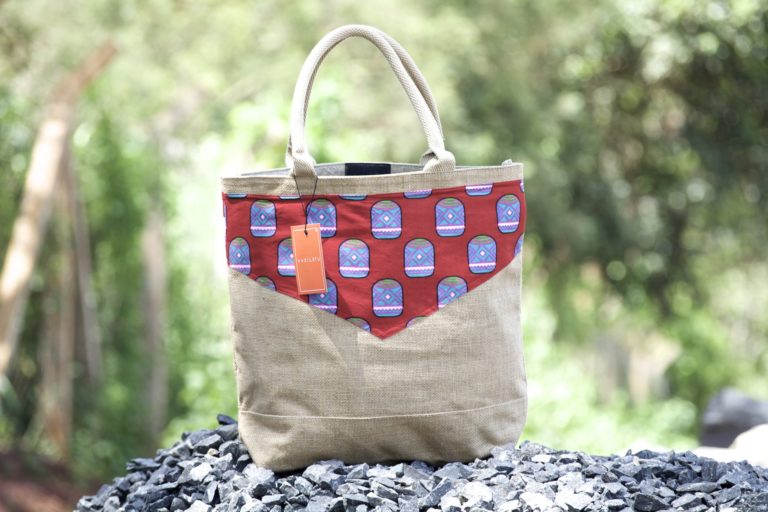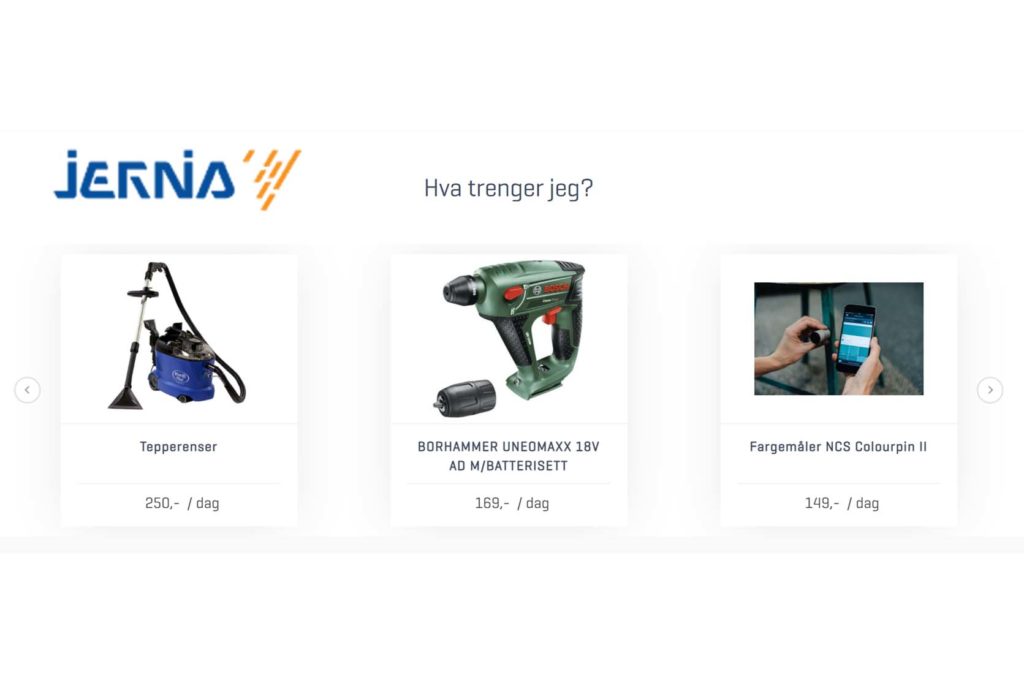


Retailers are experimenting on Circular initiatives, but in order to succeed, the services must bring value to the customer.
For a while back, The Norwegian newspaper Dagens Næringsliv published an article about the UN report: The market is killing our planet – time for a new economic system. The economic system we have today is not only unsustainable for the environment, but also has economic challenges. We are seeing a changing retail trade where the established brick and mortar store faces tough competition from the online store, but also large global brands. The economic margins are also under pressure and markets are converging.
From goods to services
An example of a system that is in imbalance is private ownership of tools: according to SSB (Statistics Norway), an average of 300,000 drills are imported each year to Norway, but they are often used 12-18 minutes each during their lifetime. At the same time, more and more dwellings are being built in urban areas, but there are no longer requirements to provide inside storage facility in accordance with the building regulations (TEK17). Just as more people choose to no longer own a car in the city centre, space restrictions will force a different relationship with the notion of owning stuff. More people are now going from ownership to services that involve sharing resources. But this is also an opportunity for retail.
In order to retain customers and attract new customer groups, innovation is needed on business models, but in order for the customer to adopt new services (rental and sharing services), they must become a full-fledged alternative to consumer purchases.
Understanding the customer
In our experiencing in developing rental and sharing/circular economy services, new forward-looking services must deliver in the following five areas towards the consumer.
The rental service tooler.no combines the points above, but others are also experimenting in sports and leisure areas. Bergans is one of the stores who rethinks and experiments when it comes to rental and repair service to customers. Every year sports and leisure equipment is traded for 15 billion and much of it is left unused after the first trip.
Sustainability and in-store customers
At a time when physical stores are fighting online shopping, steps need to be taken in relation to the customer experience and solve the customer’s actual problem. By providing increased service and changing from product to service, it will be able to get new customer groups into the store, while at the same time enabling retail in going into a more sustainable direction.